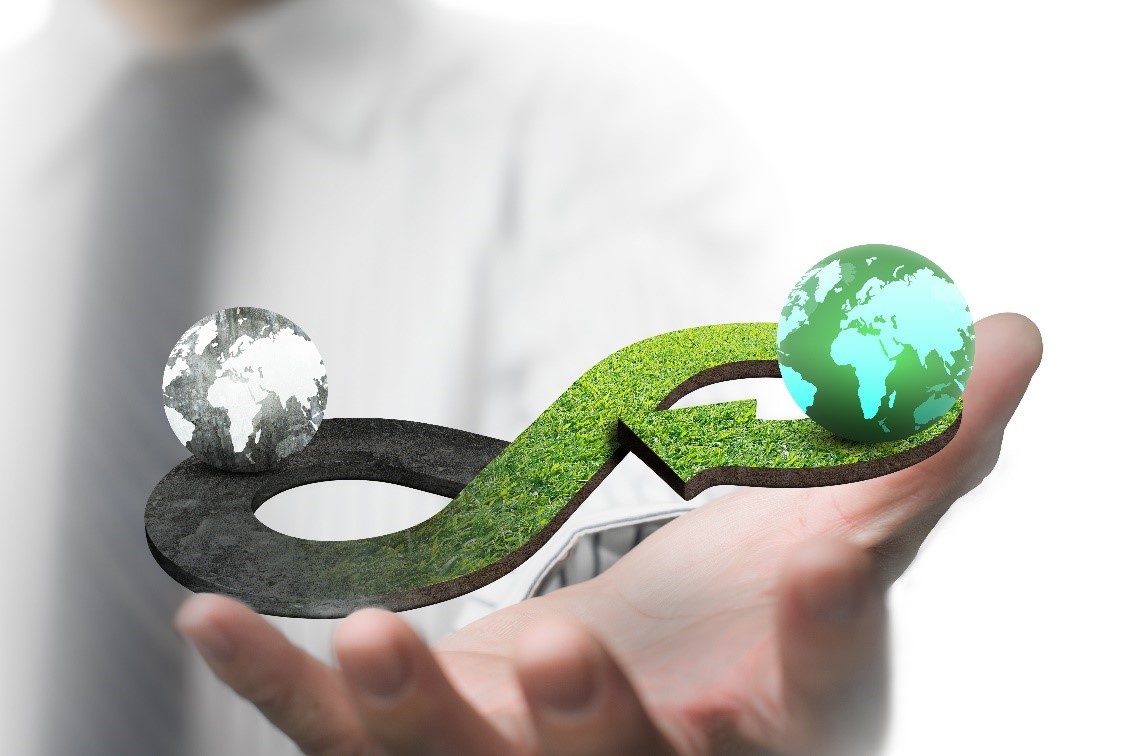Blog Post

Sufficiency-driven business models can be the answer to a more sustainable economy
As a result of advances in information and communication technologies, companies can now design innovative boundary-spanning exchanges and activities that transcend boundaries with customers, vendors, partners, and other stakeholders. Companies can capture this design through their business models, composed of interrelated activities (using human, physical, and capital resources) performed by a focal firm and its partners.
Business models have been around since the late 1990s and started receiving a much more general meaning in management literature in the early 2000s.
In the early days, business models were closely related to e-business, and the literature focused on how to successfully migrate to profitable e-business models. Specifically, it concerned how organizations could differentiate themselves from brick-and-mortar competitors by creating value.
Although the Internet is still the primary setting for new business models to arise and thrive, priorities have changed on what a successful business model should comprise.
Industry and society face increasing sustainability challenges due to natural resource pressure, climate change, and a growing population, so business as usual is not an option.
It is crucial to improve efficiency, productivity, and green supply chains and products to reduce the environmental impact of production and consumption. However, growth in demand is outpacing such advancements, which can cause rebound effects where efficiency gains lead to increased consumption. In this context, practicing a circular economy has become increasingly popular, which involves recycling and reusing materials to curb the need for new ones. However, even this approach can result in increased resource usage if the final consumption of products and services isn't reduced.
There are alternatives to working around the issues mentioned above by adopting a sufficiency-driven business model. The goal is to curb overall resource consumption through education and consumer engagement, produce products that last longer, avoid built-in obsolescence, focus on meeting needs rather than promoting wants or fast fashion, use conscious sales and marketing techniques, develop new revenue models or use innovative technologies.
In the waste hierarchy, sustainability is embodied in avoiding, reducing, and reusing waste as the most environmentally preferable options and not just as an add-on to business practices. To normalize such approaches and change consumption and production, sufficiency-driven businesses and models will have to be pursued in greater numbers.
A 2016 study shows how different small-to-medium companies have successfully implemented sufficiency-driven business models.

